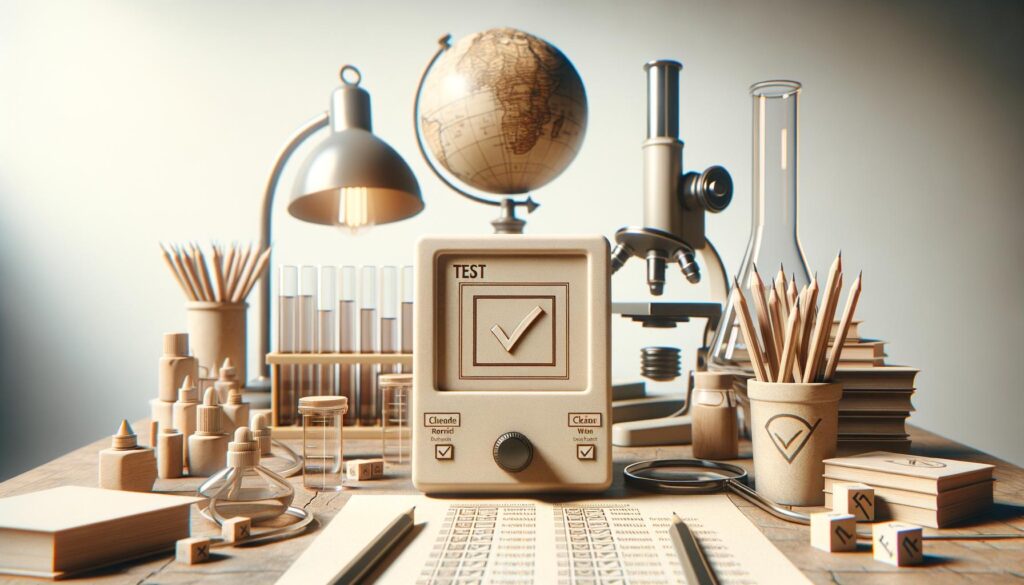Understanding the Importance of Testing in Today’s World
The Role of Testing in Quality Assurance
Testing plays a vital role in ensuring quality assurance across different industries. It is the process through which a product or service is evaluated to verify that it meets the required standards and functions as intended. In the world of technology, for example, software testing helps identify bugs or issues before a product is launched to the market. This not only improves the product’s reliability but also enhances user satisfaction. Testing can take various forms, such as unit testing, integration testing, system testing, and acceptance testing. Each type serves a specific purpose and is crucial in the development lifecycle. By implementing thorough testing procedures, companies can minimize risks, reduce costs, and ensure that their offerings are reliable and effective.

Types of Testing and Their Applications
There are several types of testing, each serving distinct purposes and applicable in different contexts. Functional testing, for instance, focuses on verifying that the software behaves according to the specified requirements. It involves testing the user interface, APIs, databases, security, and client/server applications. Non-functional testing, on the other hand, assesses aspects like performance, usability, reliability, and scalability. This type of testing ensures that the product can handle expected loads and performs well under various conditions. Other types of testing include:
- Stress Testing: Evaluates how the system performs under extreme conditions.
- Regression Testing: Ensures that new changes do not adversely affect the existing functionalities.
- Usability Testing: Examines the user-friendliness and accessibility of the product.
Each testing type offers valuable insights that contribute to the overall improvement and robustness of the final product.
The Impact of Testing on Product Development
Testing significantly impacts product development by providing essential feedback that guides improvements and refinements. It acts as a checkpoint to ensure that each stage of the development process aligns with the intended design and objectives. Without testing, products may reach the market with critical flaws, leading to customer dissatisfaction and potential recalls. In industries like automotive, aerospace, and healthcare, rigorous testing is mandatory to comply with safety standards and regulations. By investing in comprehensive testing strategies, companies can accelerate their development cycles, optimize resource allocation, and enhance product innovation. This proactive approach not only saves time and money but also builds a strong reputation for the brand.
Challenges in Implementing Effective Testing
Implementing effective testing strategies comes with its own set of challenges. One major obstacle is the allocation of sufficient resources, including time, personnel, and budget. Testing can be time-consuming, especially when dealing with complex systems or large-scale projects. Additionally, keeping up with the latest testing tools and methodologies requires continuous learning and adaptation. Another challenge is ensuring that testing environments accurately simulate real-world conditions, which is crucial for reliable results. Companies must also deal with the potential for human error during manual testing processes. To overcome these challenges, organizations are increasingly turning to automated testing solutions, which offer greater efficiency and accuracy. By leveraging automation, businesses can streamline their testing processes and focus on delivering high-quality products.
The Future of Testing: Trends and Innovations
As technology continues to evolve, so too does the field of testing. Emerging trends and innovations are shaping the future of testing, offering new possibilities and efficiencies. One such trend is the rise of artificial intelligence and machine learning in testing processes. These technologies enable smarter testing by predicting potential issues and optimizing test coverage. Another innovation is the use of continuous testing within DevOps environments, which integrates testing throughout the development lifecycle for faster feedback and quicker releases. Additionally, the growing adoption of cloud-based testing solutions provides scalability and flexibility, allowing teams to test from anywhere and collaborate more effectively. As testing methodologies advance, they will continue to play a pivotal role in ensuring the quality and success of products and services across industries.
